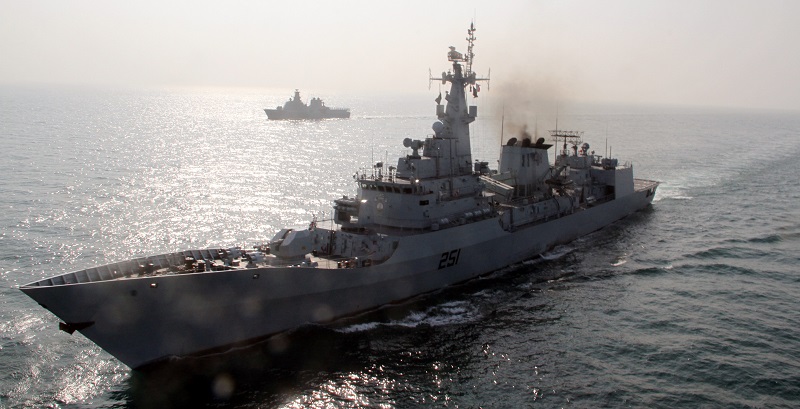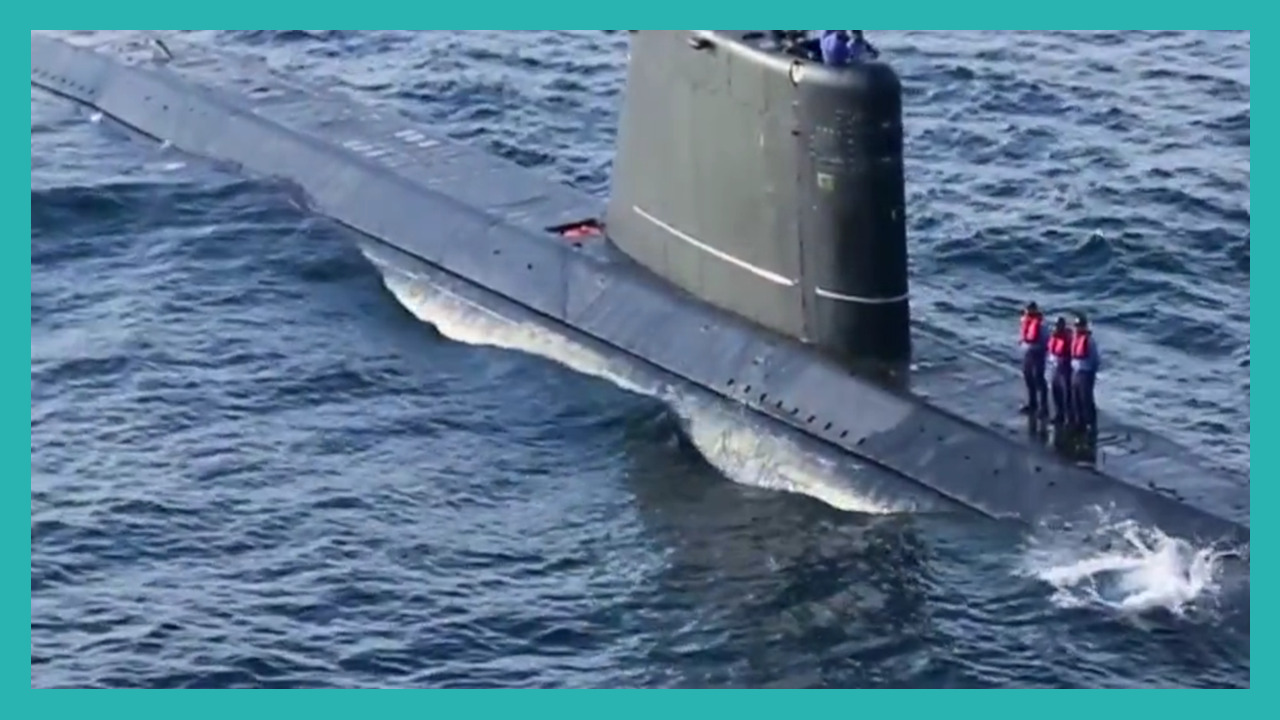3782Views

Industry Brief: Pakistan’s Naval Market (2024) Quwa Premium
In 2015 the PN initiated a significant program to both modernize and expand its surface and sub-surface fleets. The process started with a contract to acquire eight S26 air-independent propulsion (AIP)-equipped submarines (SSP) from China in 2015. This was followed by the off-the-shelf purchases of four Type 054A/P frigates and two offshore patrol vessels (OPV) from China and the Netherlands in 2017, respectively. In 2018 the PN ordered four custom MILGEM corvettes from Turkiye, shortly followed by a deal to co-produce 38.8 m gunboats with the Louisiana-based shipbuilder Swiftships.
National Requirements Spurring Naval Industry Growth
These procurements are all part of the PN’s vision to enlarge its surface fleet to 50 ships, of which at least 20 would be “major surface vessels” such as frigates and corvettes. Moreover, this surface fleet would be paired with a subsurface fleet of 11 SSPs, thereby resulting in one of Asia’s largest naval fleets. To support this growth, the Pakistani defence industry has taken on a more active role in design, production, and integration work. In fact, Pakistan’s domestic industry players have never been more active contributing to naval requirements than today.
The emergence of domestic contractors has changed Pakistan’s naval market compared to the 1990s and 2000s. Today, Pakistani industry involvement largely takes one of two forms: First, large-scale industrial participation through shipbuilding, mainly via Karachi Shipyards and Engineering Works (KSEW). Second, smaller scale (but meaningful) provision of inputs such as subsystems and munitions.
Opportunities for Productive Industry Partnerships
Though the Pakistani industry’s participation in the country’s naval sector has significantly grown, it cannot yet offer turnkey support for most shipbuilding and naval subsystems. The gaps are largely from the lack of key industrial sectors in Pakistan, such as diesel engines, gas turbines, semiconductors, composites manufacturing, or advanced-grade steel.
However, local vendors are becoming adept at designing systems and integrating inputs, carrying out testing work, and other engineering tasks. Thus, Pakistani vendors are now increasingly providing solutions such as electronic support measures (ESM), sensors, or even complete warships, but they rely on foreign suppliers for critical inputs, such as the transceivers, composites, or propulsion systems.
Sign in or subscribe to Quwa Premium to complete this section.
Matured Industry Dynamics and New Pathways
To succeed with the PN, OEMs must be cognizant of the PN’s desire to develop the NRDI and leverage more original systems in Pakistan. To succeed, OEMs should consider forming partnerships with local vendors responsible for subsystems, such as the state-owned entities, such as Stingray Technologies, for example. However, the challenge with collaborating with a number of these entities – especially those belonging to the Strategic Plans Division (SPD) – is that some are blacklisted by the United States. Thus, open collaboration with such entities could invite the ire of U.S. regulators. Likewise, Pakistani security concerns may also lead to barriers and red-tape preventing collaboration between foreign and SPD bureaus.
That said, it seems that the SPD – and the wider state-owned defence industry apparatus in Pakistan – is creating a gap between its core research and development (R&D) functions and commercial arms. The first step was forming Global Industrial and Defence Solutions (GIDS), a sales and marketing arm to represent SPD organisations. A second step now seems to be emerging wherein the specific SPD bureaus have a commercial arm. Stingray Technologies, for example, is a commercially-oriented entity focused on specifically promoting SPD naval subsystems, such as the RIBAT electronic support measures (ESM) suite, Link Green tactical data-link (TDL), Naval Combat Management System (NCMS), and others.
Pakistan may be setting up these focused commercial entities to clearly identify which of its technologies or works are open for export and, logically, collaborative development. Thus, a foreign OEM could engage these entities directly and, in turn, be part of the industry change in Pakistan whereby locally designed and branded solutions take priority.
Current Industry Initiatives
Naval Shipbuilding
Recent footage of KSEW (via TRT Arabia) shows that Pakistan’s main shipyard has begun using the Syncrolift ship lift-and-transfer system. Ordered in 2017, Syncrolift allows KSEW to manufacture 13 ships on land and (via motorized trollies) move completed hulls to dockyards for launching and sea trials. KSEW’s workstations could support vessels of up to 8,000 tons, which is an inherent indicator that the PN may eventually pursue heavier ship programs, such as large frigates, destroyers, and/or auxiliary vessels.
The following are KSEW’s current primary shipbuilding projects:
Hangor-Class Submarines
KSEW is responsible for constructing four of the PN’s forthcoming eight Hangor-class (S26) SSPs. Under the original schedule, KSEW was supposed to supply its four boats to the PN by 2028. With the overall program delayed, the PN will likely receive its KSEW-built boats in the early-to-mid-2030s. Thus far, KSEW cut the steel of its first boat in 2021 and the second boat in 2022. Learn more about the Hangor-class submarine through Quwa’s recent reports on the project’s current status and the launch of the lead boat in China.
Babur-Class Corvettes
Sign in or subscribe to Quwa Premium to complete this section.
Subsystem Portfolio
The following is a selection of Pakistan’s naval subsystems that are in production or under development. Overall, the Pakistani industry seems to be eyeing opportunities in providing a mix of sensors, communications equipment, and training systems.
Sensors
GIDS offers the following towed array sonar (TAS) systems: slim-line towed array (SLTA), hull-mounted medium-frequency sonar, and mine countermeasure vessel (MCMV) sonar.
Combat Management and Network-Enabled Warfare
Pakistan’s SPD entities have developed a number of combat management systems (CMS) and network-enabled warfare systems. These include, among others, the Naval Combat Management System (NCMS), Joint Maritime Information System (JMIS), Naval Information Exchange System (NIXS), Link-Green tactical data-link (TDL) protocol, and Network Centric Warfare System.
End of excerpt (965/1690 words)
Log in or subscribe to read the rest of the article
Note: Logged in members may need to refresh the article page to see the article.


